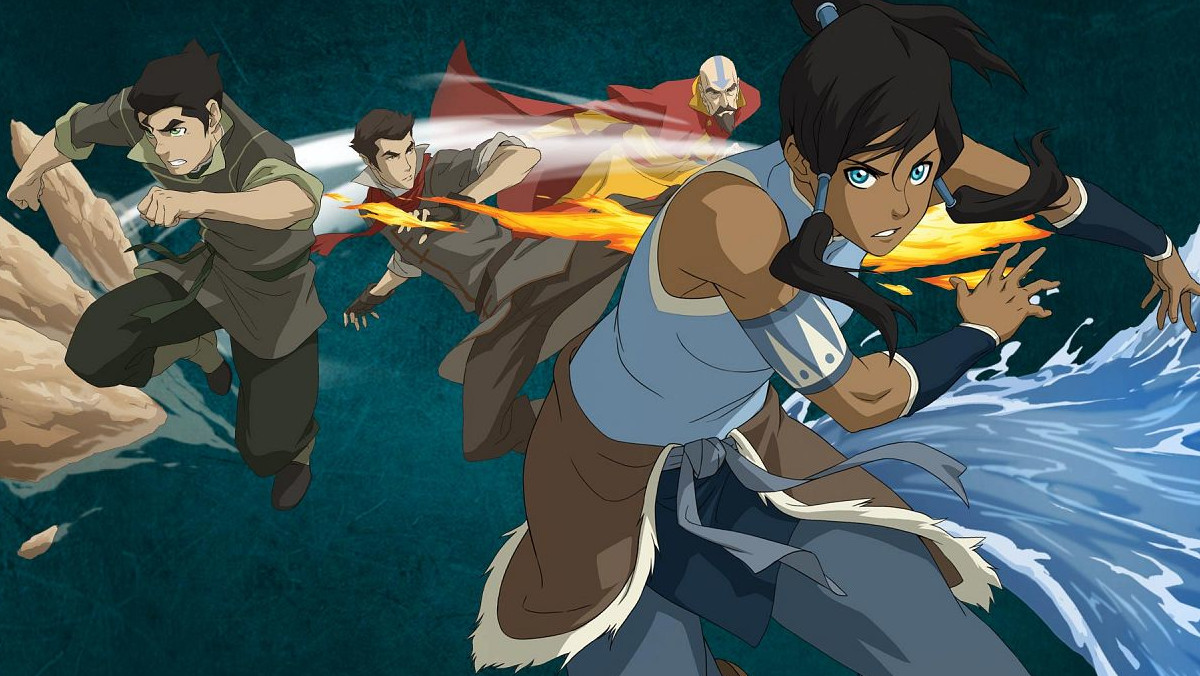On April 14, 2012, Nickelodeon premiered the first episode of its original series, “The Legend of Korra.” It was the sequel to the channel’s previous critically acclaimed series, “Avatar: The Last Airbender” which began in 2005 and concluded in 2008.
“The Legend of Korra” differs from “Avatar: The Last Airbender” in many major ways, such as depicting its protagonist as a girl in her late teens and while Aang (the original main character) was peaceful and spiritual, Korra possesses a headstrong and fiery attitude. Yet, similar to her predecessor, Korra has a lot to learn in regards to perfecting her bending, but unfortunately, she also must simultaneously tackle the political unrest that is accompanied with her ever-changing world.
From the moment the first trailer for “The Legend of Korra” was seen in 2012, excitement ensued for its concept. Even now, the series holds a 93% on Rotten Tomatoes, yet during its airtime, the series steadily went from maintaining massive approval to an abundance of criticism from fans.
I can vividly remember this, as “The Legend of Korra” had a storyline that deeply intrigued me the way “Avatar: The Last Airbender” did not. Yet, the series would ultimately lose its hold on me and I too was filled with complaints before abandoning the show entirely.
On Aug. 14, 2020, “The Legend of Korra” was released on Netflix for the first time. Although originally holding indifference, I ultimately tuned in by the following month. Viewing the series as an adult on a week-by-week lasting binge, I found that much of my negative thoughts shifted to more positive ones; however, the series is not exempt from reasonable critique.
A defining aspect of the original series is that Aang and his companions roamed each nation in the world due to the fact Aang needed to learn all four elements. For the most part, each bender’s ability is essentially dependent by the nation they reside in so lands are divided into being a part of the water tribe, fire nation, earth kingdom, and air temples.
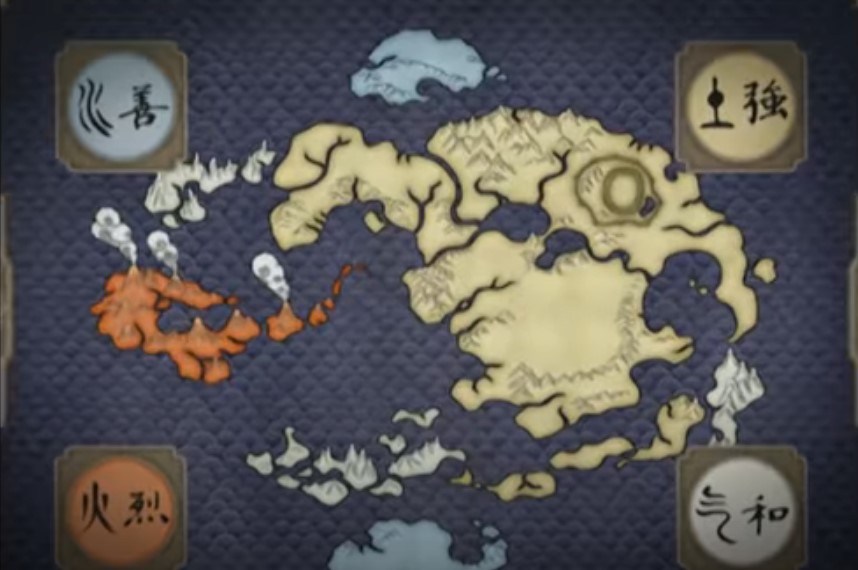
By the time “The Legend of Korra” takes place, these respective nations still exist; however, many of the inhabitants who originate from these different lands now reside in an urban, industrious city called Republic City, which season one of “The Legend of Korra” focuses on. Also, if one were to try to guess the year “Avatar: The Last Airbender” took place in, it would roughly be between 1860 or 1890. “The Legend of Korra,” however, is highly influenced by the 1920s.
Viewers can see cars roam the streets as well as how organized crime has a prevalent hold on those less fortunate. An enormous plot point in season one is how the existence of a sport called pro-bending is popular with Korra’s generation which has benders engage in ringed combat. Additionally, with the introduction of power plants, benders who can utilize fire are shown to be employed keeping the facility afloat which was a small detail that struck me as depressingly realistic.
The modernization of this world definitely succeeded in capturing my interest at first sight as well as during my rewatch. However, the series’s narrative would disenchant the viewers – for multiple seasons.
To understand “The Legend of Korra’s” weak points with storytelling, it is important to know about how the original series portrayed its story.
“Avatar: The Last Airbender” told the story of an adolescent boy named Aang who lived in a world where people had the ability of manipulating elements such as water, earth, fire, and air. The ability to do so is called bending and is heavily influenced by Chinese martial arts.
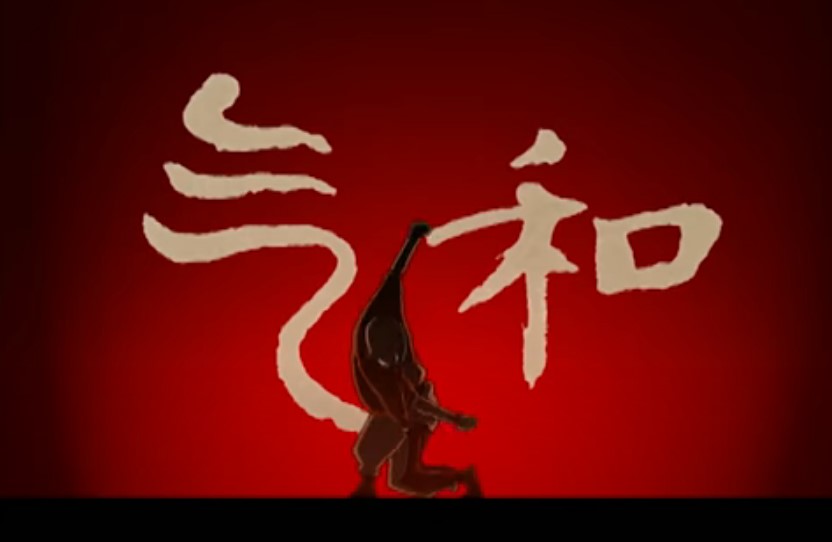
There is only one avatar for each generation because for every lifetime they are a part of they are reincarnated. One thing that is ultimately definite about the avatar is the fact there is a specific cycle for which nation they will be born into.
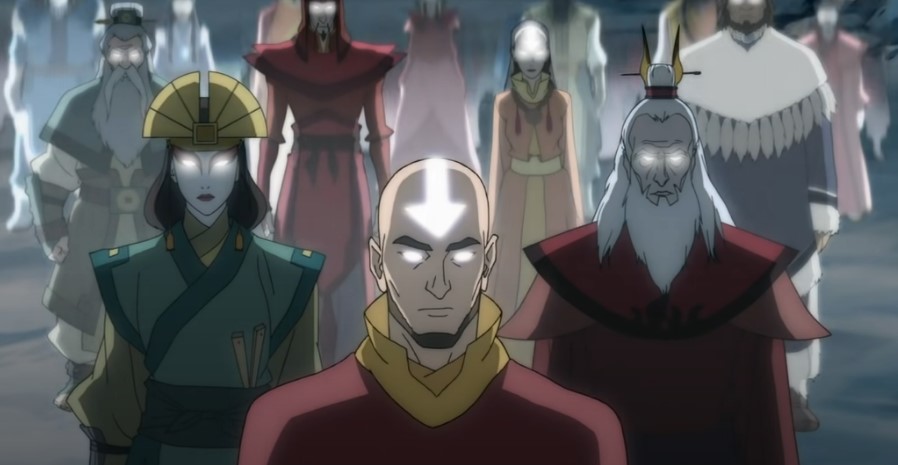
The lore establishes that each nation lived in harmony until the Fire Nation attacked, seeking to possess domination over the world. For three seasons, viewers watch as Aang tries to master all four elements and right the wrongs of the Fire Nation in a singular, epic plot
Initially, “The Legend of Korra” seemed as though it would have this type of storytelling as a mysterious, anti-bending radical called Amon gradually took hold of Republic City. With his band of believers called the Equalists and the power to seemingly take away one’s bending, Amon could not be an after-thought for the city’s officials. As his presence loomed, the first season was wrought with fear, apprehension, and dread at this powerful enemy.
Sadly, Amon is only a character contained in a singular season. Later seasons go onto expose new villains as well as new storylines. These characters and arcs were not wholly weak – but not exactly strong, either.
One thing the antagonists share in common are varying political agendas that resonate perhaps more now than when this series originally aired. But, due to these characters being so self-contained, the storylines do not pack the punch they could have. All and all, the series is disjointed when compared to the original.
When it comes to characters, there is Korra – the aforementioned no-nonsense avatar, Mako the brooding firebender, his brother Bolin who greatly serves as comic relief, and Asami, the team’s crafty engineer and businesswoman. Other notable characters who round out the series cast are the children (and grandchildren) of the original show’s principal cast, such as Tenzin who is the son of Aang and Katara that serves as Korra’s mentor, confidant – and as the series progresses onward, a beloved ally.
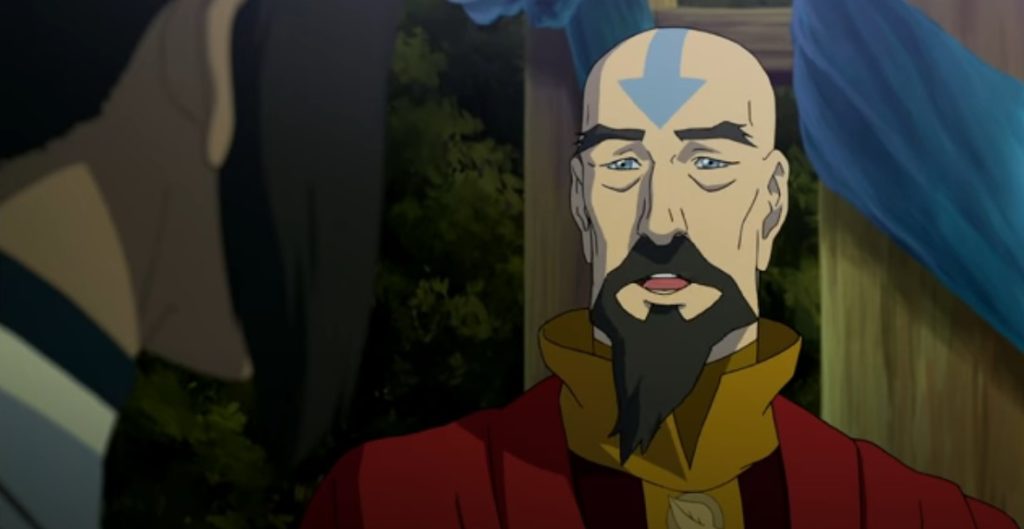
While Korra and her companions are doubtlessly interesting, they are deeply flawed characters and these flaws are highlighted through love triangles out of all things. Romantic drama serves as an enormous plot device in season one in which Bolin likes Korra, Korra likes Mako, Mako is dating Asami but also likes Korra. The aspect of cheating is then touched upon – and rekindling in the aftermath – and more cheating is touched on again by the latter half of season two. This frequent form of drama was a major reason I was originally driven away from the series.
Thankfully, watching on I noticed that growing up and becoming the best version of yourself possible is honestly a big theme as the show progresses. Therefore, during season three and four, there is less emphasis on who-likes-who (although the Mako, Korra, Asami love triangle is brought up to a humorous effect) and more towards character growth. Needless to say, season three of this show is absolutely phenomenal. Not just for the cast’s characterization moving onward, but due to the fact there was a heavy intensity akin to what was in the first season.
Ironically, this was the point where the series was pulled off air. Midway during season three, Nickelodeon pulled “The Legend of Korra” from its lineup due to low ratings. From that point onward, its remaining episodes, as well as its final season, would be streaming online.
It was an action that was not received well by its fanbase and in hindsight, likely alienated a portion of its audience who may have lacked access to the technology required to continue viewing. When originally hearing this information, I – with unreliable Wi-Fi in my then-house – knew I wasn’t going to attempt watching. And really, if it were not for my random decision to turn on Netflix and relive some old memories, I didn’t care about finishing the series or not.
All and all, when “The Legend of Korra” wants to be annoying, it’s annoying. But when it strives to be great? It’s great. If season one and two are not enjoyable for whatever reason, then season three and four may inspire passion and excitement. For me, the series’s personal highlights include the origin story of avatar Wan, the first person to ever master all four elements to Tenzin’s daughter Jinora fully realizing her potential as an airbending master. But really, just being able to see previous characters on screen such as Zuko was an exciting delight.
Even with all its imperfections, I highly recommend rewatching “The Legend of Korra.” It has the potential of being far better than you remember and as an adult, it’s storytelling is capable of resonating in a new way.
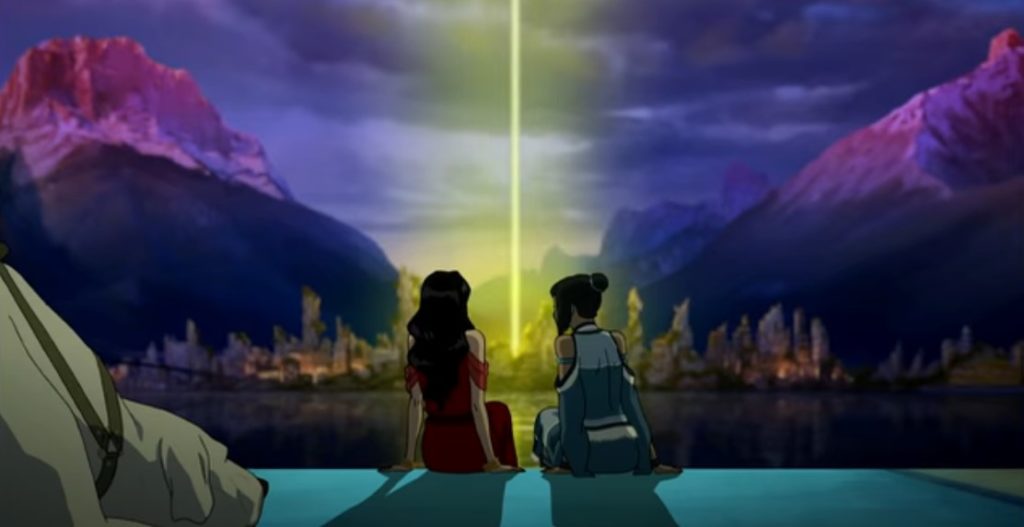
Ayzha Middlebrooks
Executive Editor

